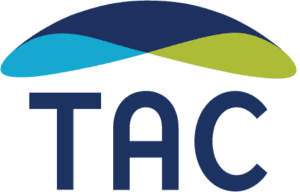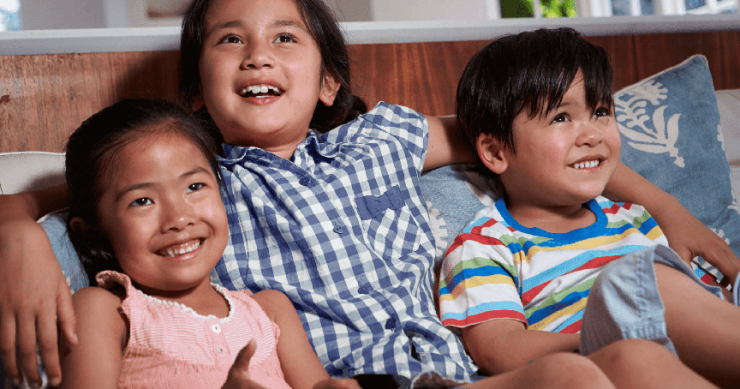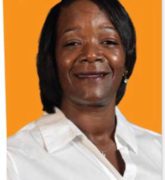Largely in connection with the COVID-19 pandemic, increasing attention has been focused in recent months on unmet need for behavioral health services, including for children, youth, and young adults. Appropriately, there has also been a lot of information circulating about strategies to address these challenges in accessing care.
An advisory from the Surgeon General on this issue points to a “declaration of a national emergency in child and adolescent mental health” from leading medical associations, with recommendations to “address the ongoing challenges of the acute care needs…by expanding access to…community-based response teams” and to “fully fund comprehensive, community-based systems of care that connect families in need of behavioral health services and supports for their child with evidence-based interventions in their home, community or school” (emphasis added).
Preparation and implementation of the National 988 Suicide and Crisis Lifeline have been the focus of several publications (from the Department of Health and Human Services (HHS), the National Council for Mental Wellbeing, the National Association of State Mental Health Program Directors[PDF], TAC, and others) and a national learning community; 988 is also part of the President’s Unity Agenda. As part of the current administration’s initiative to tackle the nation’s mental health crisis, HHS has announced nearly $35 million in funding opportunities to strengthen and expand community mental health services and suicide prevention programs for children and young adults. The American Rescue Plan contributed another $9.2 million. And most recently, SAMHSA has announced the availability of nearly $105 million in grant funding to strengthen crisis call center services.
Developing Responses for Families
Children, youth, and young adults are commonly identified as “special populations.” Arguably, what makes them “special,” in addition to rapid developmental and cognitive growth and change, is that they often come as a “package deal” with adult caregivers whose concerns must also be addressed and whose own needs may be considerable. New awareness and funds dedicated to expanding care are a welcome development. Yet some of us working on the “child side” of behavioral health policy and practice worry that not enough attention is being paid to whether the new crisis intervention and stabilization strategies will be effective for children, youth, young adults, and their families.
With acknowledged greater need for services, it is critical for states and communities to avoid the mistake of assuming that adult-focused models will be effective when applied to children. Best practice models for children include intentional work with parents and caregivers, and often with schools and other child-serving agencies as well (e.g., child welfare, juvenile justice), in addition to prescribers and therapists. Such models incorporate comprehensive assessment, which is critical in designing interventions that address the needs of both children and their caregivers. Often, children’s mobile response models are better at this component than many adult models. Several states use standardized decision support and communication tools such as CAT and CANS to inform assessment and guide interventions. Other states use the Ohio Scales for Youth as part of their comprehensive assessment, to inform treatment planning and outcome measurement. States have also incorporated suicide assessment tools such as the Columbia-Suicide Severity Rating Scale (C-SSRS), and Collaborative Assessment and Management of Suicidality (CAMS) into children’s mobile crisis intervention assessments.
A Standout Model in Oklahoma
One successful model is Oklahoma’s Youth Crisis Mobile Response (YCMR). This program is an integral component of the Oklahoma Systems of Care (OKSOC), a statewide collaborative network of diverse stakeholders, and shares the OKSOC values and principles, which provide the driving force for the provision of behavioral health services to Oklahoma’s children, youth, young adults, and their families.
YCMR responds to the needs of any child, youth, or young adult age 25 or younger (with the exception of youth in residential treatment facilities and inpatient hospitals), regardless of insurance or ability to pay. The program provides rapid, community-based mobile crisis intervention services for children, youth, and young adults statewide who are experiencing behavioral health or psychiatric crises, and aids families with limited ability to activate the necessary resources to stabilize a behavioral crisis in their child. A statewide call center provides a single entry point for access, 24 hours per day, 365 days per year. The center collects relevant information from the caller, determines the initial response, and links the caller to the information or service required. This includes, at times, callers who may be suicidal, and calls regarding individuals at risk for suicide.
YCMR providers are primarily community mental health agencies that contract with the Oklahoma Department of Mental Health and Substance Abuse Services. They cover 77 counties in Oklahoma and provide community-based, rapid mobile crisis response as well as brief follow-up care to promote continued stabilization and linkage with ongoing supports and services. YCMR providers also engage in outreach, collaboration, coordination of care, promotion, and other community-based activities to enhance access, service quality, child and family outcomes, and stakeholder satisfaction.
Oklahoma incorporates both the Ohio Scales and CAMS in its comprehensive assessments. As a treatment planning tool, the Ohio Scales capture information from the perspectives of the provider, youth/young adult, and caregivers to facilitate holistic development and prioritization of short- and long-term treatment goals; the selection of appropriate interventions to address identified issues; identification of barriers to treatment engagement; and the establishment of desired outcomes. Families are assured that their point of view will inform treatment, thereby enhancing engagement and ensuring participation. YCMR mobile response teams (MRTs) provide on-site, face-to-face response (sometimes via telehealth) within one hour of receipt of referral. This can be changed to a 24-hour time window at the request of the involved family. MRTs have a Master’s-level licensed clinician as team member and may include specially trained care coordinators, family support providers, peer recovery support staff, behavioral health aides, or other qualified staff who work with the referred family to de-escalate and connect with follow-up services at the community level including with OKSOC.
If a crisis rises to a level requiring clinical intervention, MRTs have access to a Licensed Behavioral Health Professional (LBHP) via telehealth or face-to-face. MRT follow-up services last up to 72 hours, until the involved youth is stable, or up to eight weeks if the youth is transferred to another level of care. Oklahoma, like many other states, faces the unique challenges of rural and frontier geography that often impede timely access to services. To address this issue, YCMR providers utilize telehealth and computer tablet technology to facilitate immediate crisis response. In addition, Oklahoma’s YCMR has worked with law enforcement statewide to provide Crisis Intervention Training and has provided over 3,000 computer tablets to law enforcement officers.
Oklahoma YCMR is data-driven. Strategic decisions are based on evaluation of data that also assesses cost and impact of services. This allows the state to make better decisions about treatment modalities, service options, staffing, and funding. Process and outcome measures are collected by the call center and MRTs, and YCMR providers have access to real-time data that highlights hotspots by time, location, and target population. The data collected provides information on outcomes that increases community engagement and drives sustainability efforts.
The impact of Oklahoma’s YCMR model has been significant. While state leaders expected that data collection and analysis would identify children, youth, and young adults in crisis, an unanticipated advantage of this robust use of data is that Oklahoma has been able to develop targeted strategies for specific populations including youth being raised by grandparents, youth categorized as homeless, children of incarcerated parents, youth in transition, LGBTQ2S+ youth, students at high risk for dropping out of school, adolescents with substance use disorders, those at high risk for school or living situation displacement, and youth with intellectual/developmental disabilities.
Using What We Know to Strengthen Each Unique State System
As states and communities develop or expand their crisis services, they should look at best practice models for children, like Oklahoma’s YCMR, with an eye to understanding what can be replicated, what might be adapted, and also what would never work in their particular state. Which components can they leverage or implement in their own systems? Building on or expanding current structures, as Oklahoma did with its central access line, might be feasible and more cost effective than “reinventing the wheel,” or creating something altogether new.
Federal and state policymakers need to consider children, youth, and young adults holistically, removing unintentional barriers to working across child-serving systems and populations, and using creative (e.g., blended or braided) “both/and” funding strategies that allow for greater flexibility in addressing the needs of children, youth and young adults and their caregivers in their homes and communities.




